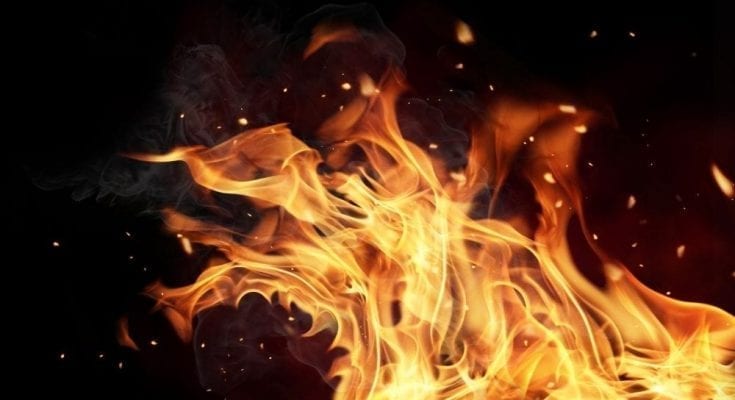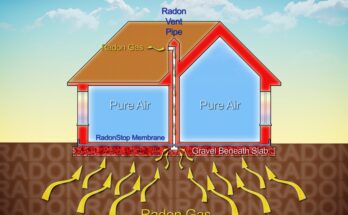The size and ferocity of fires vary drastically. External elements have a great influence on fire behavior. How hot fire is, how quickly it spreads, its flames’ duration are all things determined by the factors that impact fire behavior most. Firefighters and those in environment-focused fields must learn fire science to familiarize themselves with the fire’s complexity. Uncover the features that are highly persuasive of the heated element.
Environment and Its Fuels
In fire science, fuels consist of all flammable matter (dead and living.) An environment’s fuel is extremely influential in how far, and fast, a fire expands. Fuel has three components:
- Moisture level–The most essential fuel factor, moisture level, significantly impacts fire rapidity. Fire must rid plant material of moisture before burning the material itself. Therefore, a high moisture level results in a slower burning process.
- Chemical makeup–Chemical makeup determines a plant’s flammability. The combustion rate, or how readily something burns, increases when the material contains very flammable oils or resins.
- Density–The compactness of an environment has a great influence over its flammability, too. Fire steadily burns in areas of densely packed plant matter. However, if the area is too crowded, there is no chance of air circulation TBH —which is a necessity for a fire’s growth. Environmental space allows for air circulation to ignite and strengthen fires.
Fortunately, the fire science field has many innovations that help predict land’s susceptibility. Safety precautions, such as controlled fires, are taken locally to prevent wildfires occurring.
Weather
Just as environmental factors impact fire behavior, the weather can, too. Several weather facets can affect a wildfire’s severity.
Wind
Wind is a crucial element of weather that predicts fire behavior. Wind can supply fire with fresh oxygen and carry the flames to a new fuel source. The windier the weather, the more damage a fire is likely to cause.
Temperature
Temperature has a great hand in fuel’s readiness to burn. Generally, fuel will catch fire quickly at high temperatures. Lower temperatures decrease the surrounding plant material’s susceptibility to igniting.
Humidity
Fire progresses slower when there’s more humidity in the air. When there’s less water vapor in the air, things catch and burn fire more quickly than environments with high humidity levels.
Since weather plays such a significant role in a fire’s severity, careers involving nature and fire stay updated on the latest weather predictions. Because weather factors that impact fire behavior most can vary drastically, firefighters are always equipped with firefighter personal protective equipmentto increase their safety on the job.
Topography
Topography refers to the land’s shape—yet another incredibly impactful consideration in fire science. The features measures in topography are elevation, steepness, the direction land faces, and landscapes such as canyons and valleys. These features can encourage or slow a fire’s growth and get considered alongside the environment and weather properties.
FAQ
How does wind impact fire?
Wind is a crucial element of weather that predicts fire behavior. Wind can supply fire with fresh oxygen and carry the flames to a new fuel source. The windier the weather, the more damage a fire is likely to cause.
Additional Resources:
Ocean
Black Hole
Galaxy



